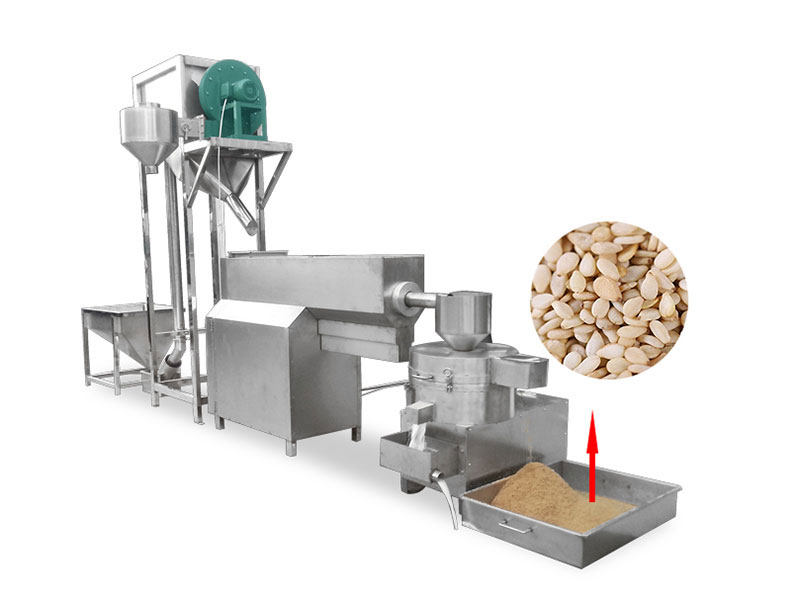10 years of experience as a food machinery equipment manufacturer
10 years of experience as a food machinery equipment manufacturer
When considering an automatic sesame feeding and cleaning machine, several crucial factors come into play for potential buyers. These machines, designed to streamline the handling of sesame seeds from intake to packaging, represent a significant investment for businesses involved in food processing, spice production, or oil extraction. Making an informed choice requires careful evaluation of various technical and operational aspects.

The core function of any automatic sesame processing machine revolves around efficient and gentle handling. Buyers should pay close attention to:
The physical construction of the machine directly impacts its longevity, hygiene, and reliability.
Think beyond the immediate purchase to how the machine fits into your workflow and future operations.
Regular maintenance is vital for sustained performance.
Investing time upfront in researching and comparing different automatic sesame feeding and cleaning machines based on these practical considerations significantly increases the likelihood of selecting equipment that delivers reliable performance, meets hygiene standards, enhances production efficiency, and provides a solid return on investment over its operational lifespan. Ultimately, the right machine is one that seamlessly integrates into your workflow and consistently produces clean, high-quality sesame seeds.
